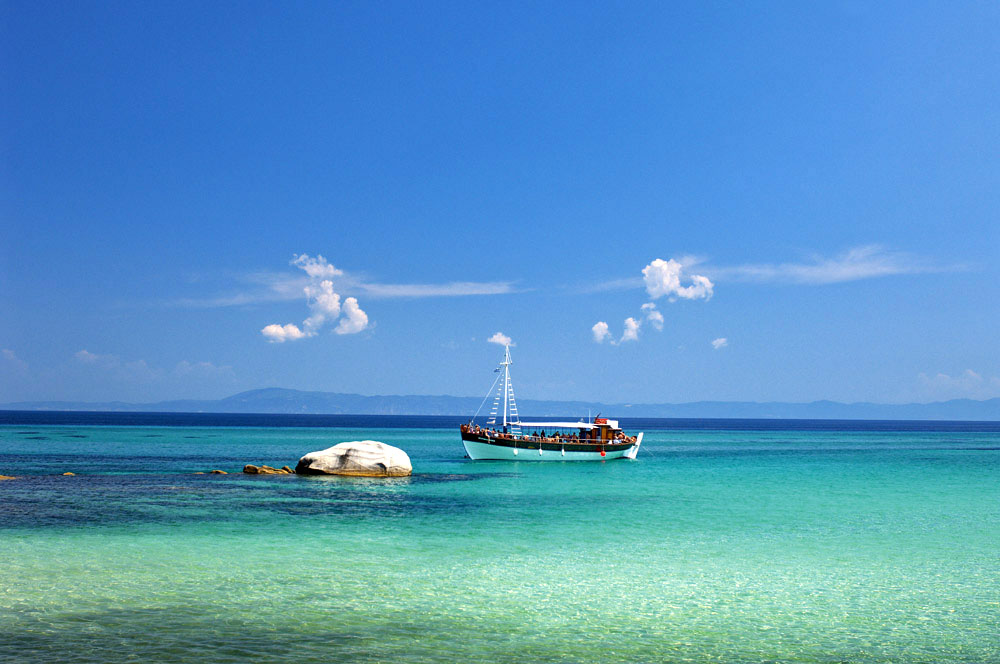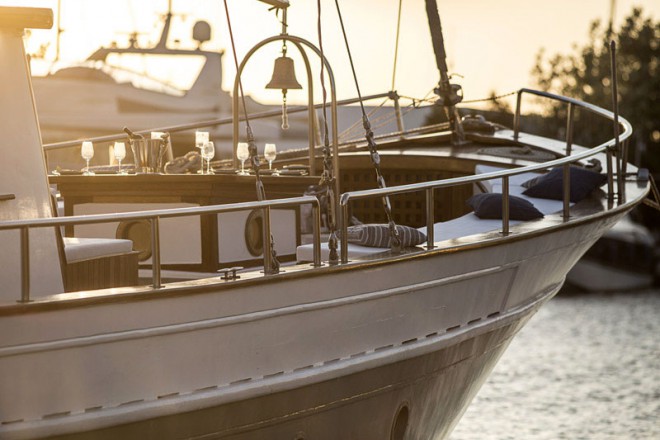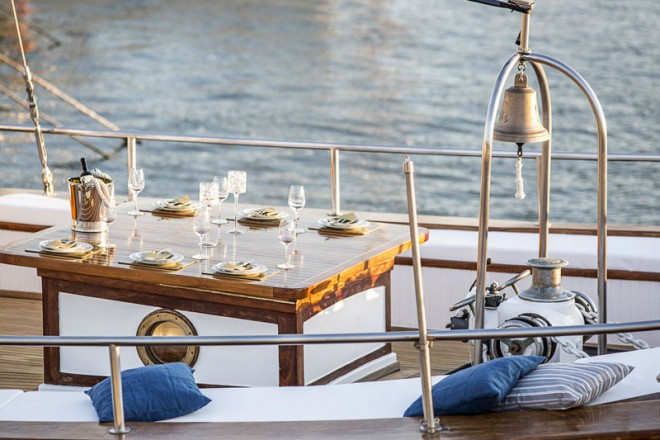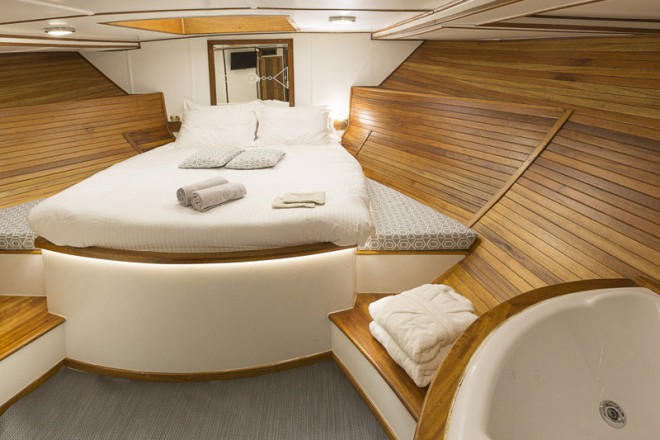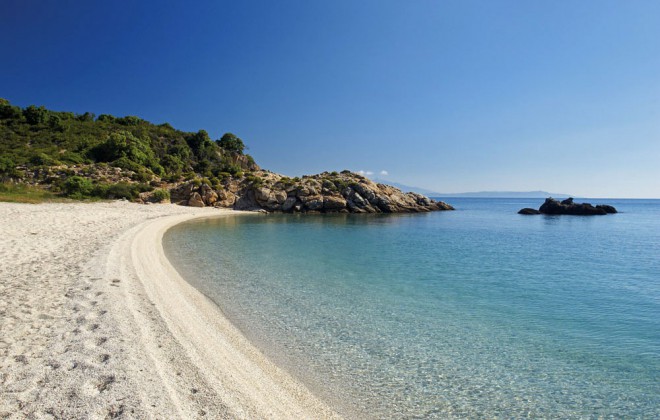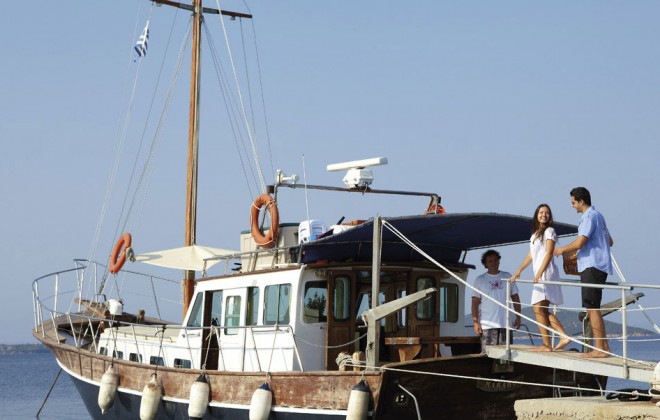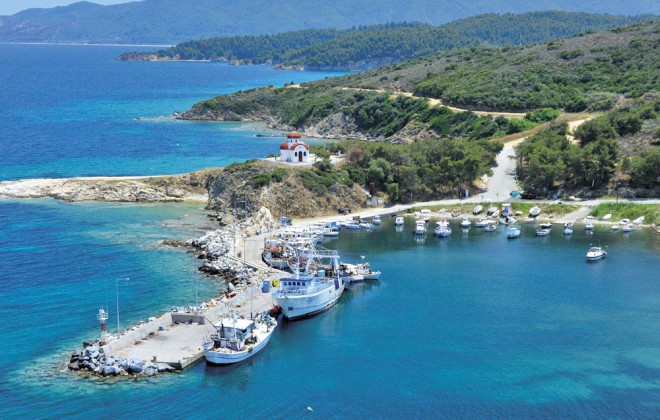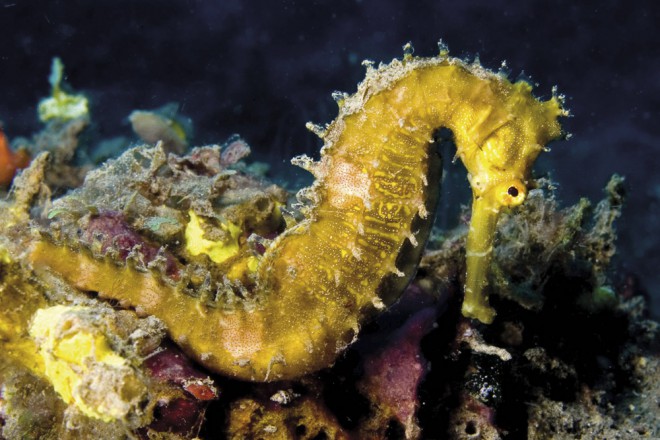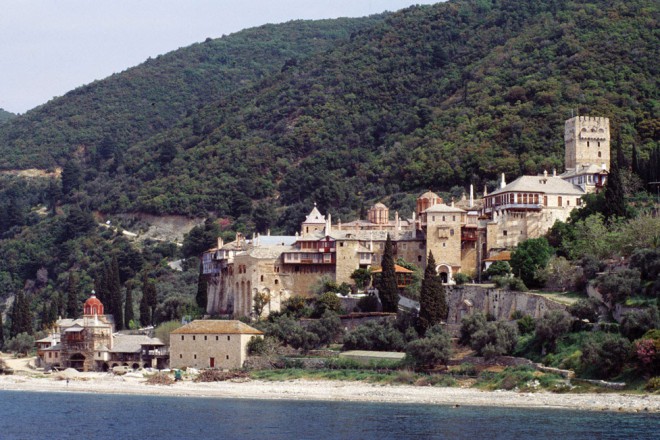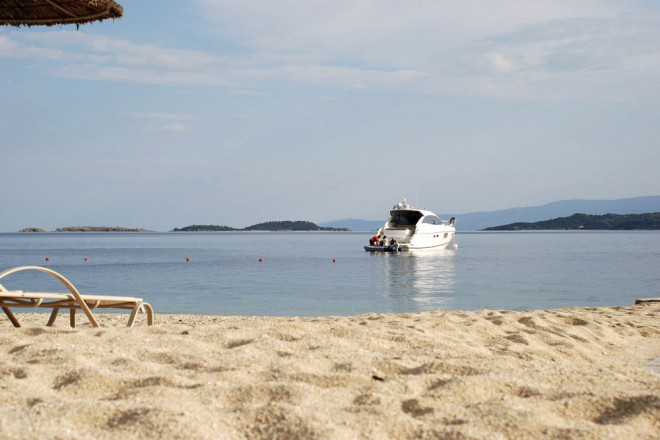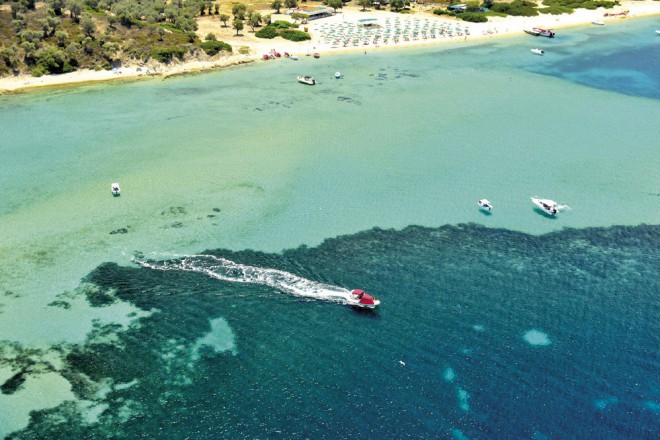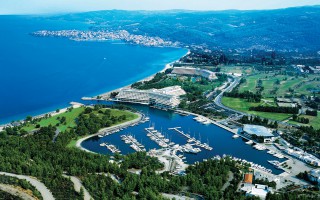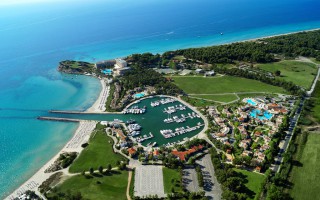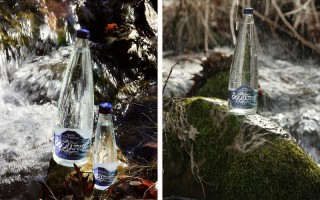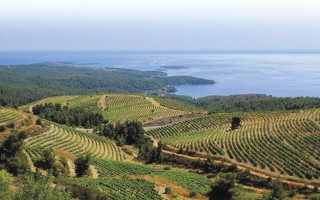The Mount Athos Area (eastern Halkidiki) is a charismatic place.
With 300 whole kilometres of coastline, more than 100 white / sandy beaches, 61 of them classified as premium beaches, 17 blue flags, 7 traditional fishing ports and 3 bays, it is the Mediterranean destination par excellence, ideal (among others) for lovers of sailing and yachting.
What sea proposals does it offer?
Excellent sea routes in the gulf of Mount Athos, around sandy Ammouliani and Mount Athos and from there to Acanthios Bay with its blue beaches and, finally, to the Strymonikos Bay, around the historic hills of ancient Stagira and the enchanting mussel farms of Olympiada!
Sailing
Sailing around Mount Athos is like a “paradise fairytale”! Athonite monasteries, islets, islands, crystal see water, “blue lagoon” areas, dolphins, traditional fishing harbors, green landscapes, fresh sea food, various and authentic human activities….
Live it!
Feel it!
and fill with the Mediterranean aura!
With its magical coasts and particular shape like Poseidon’s trident stretching into the sea, Halkidiki is a holiday destination unlike any other. Ideal for families or friends who want to explore the breathtaking landscape of Mount Athos, visit luxurious resorts and swim in azure waters.
Read more about the tours on the website of Mount Athos Area Organization
Swimming, Diving, Fishing, Exploring
Explore, swim, cruise, fish, and dive!
Yes, you can enjoy the all!
ITINERARIES
Ammouliani-Vourvourou Islands Round Tour
Beach to Beach daily cruises
Departure from Ouranoupolis port
Exploration of the Ouranoupolis reef, refuge to various fish species and a spectacular route rich in underwater flora.
Pass by the most beautiful beaches of Ammouliani island (Drenia islets) and Vourvourou (Diaporos islet)
Stop for a swim and exploration of the sea floor (snorkeling)
Barbeque and Greek music on the return leg of the trip
Sunset cruising/ Night Parties
Breathtaking sunset on Board
Let yourselves bask in the sunset of Ouranoupolis on board with the majestic view of Mt. Athos in the background while you enjoy an afternoon cocktail listening to chill out music.
Tour the gorgeous Drenia islets of Ammouliani, take a picture of yourselves in front of the Ouranoupolis Byzantine Tower.
As the sun vanishes in the sea, the deck lights go down, the underwater lighting switches on, music gets louder and the party has just began.
Do it Yourself
Personal Destination Selection
Personal choice of music, food and drinks
Bachelor/Birthday/Private Parties
Fishing Trips
Special Events
Conference Meetings with catering and multimedia support
Read more about the tours on the website of Mount Athos Area Organization
Dive and discover the hippocampus colony
Enjoy a unique diving experience, exploring the seahorse colony in the magical beach of Stratoni, where the lush Aristotelian Mountain meets the blue of the Aegean Sea!
An experience as unique as the seahorses you will see.
These are unique in terms of appearance and sexual preferences, in their reproduction method and certainly very interesting…
When seahorses flirt, they hide and when in unusual environmental conditions, they change colour.
You will find dozens gathered there, on the beach of Stratoni. You can see them standing up in the sand, as if in a meeting. They gather at depths of 8-12 metres, avoiding shallower waters. You will see them on the golden sea bottom, with fine solid sand and rich underwater flora. Some stand motionless in the sand, letting themselves be drawn by any currents that could help their slow motion even a little. Others cling to clusters of mussels scattered in the area, using their convoluted tail.
A few words about Seahorses (Equus Marinus)
Seahorses belong to the Syngnathiformes order of the Syngnathidae family, in the class of actinopterygii, despite all past unfortunate taxonomic classifications that defined them as amphibians or even insects! Related species include the leafy seadragon (Phycodurus eques) and pipefish. Their size ranges from 16 mm (Hippocampus denise) up to 35 cm. The distribution of the upper part of their body, which somewhat resembles that of a horse, explains the second part of their name (horse) and thus they are widely known as seahorses. In Greek, they are known as Hippocampi [hippos (=horse) + campi]. The second part of their name refers to the mythological monster Campi, a female black, winged monster, which Saturn had placed in the Underworld to guard the Cyclopes and Hecatonchires.
Habits
Seahorses swim upright, a feature they do not share their close relatives, the pipefish, which swim in a horizontal position. They push their bodies forward with fast vibrations of their dorsal fin (35 per second), and steer it with small pectoral fins, located behind their eyes. They rise or sink by varying the volume of gas in their swim bladders. They usually live in shallow waters, except for the winter months, when they find shelter in rocks at greater depths of up to 30 metres. Their morphology means that they are poor, very slow swimmers and thus they spend the greater part of their day clinging to algae, Posidonia or corals, in protected areas. Some also find shelter in brackish and fresh waters, although freshwater seahorses do not exist. They are always camouflaged well and can instantly change colour and immediately become lost from the sight of their predator, usually big fish, turtles or seabirds.
Feeding
Seahorses do not have a jaw and consequently teeth. Their stomach is primitive; therefore they have developed a special mechanism for the uptake of food. At the base of their snout, there is an organ like a trigger that contracts abruptly and so food is sucked in due to negative pressure. Their eyes, which move independently, covering a wider field of view, also help them in finding food. They eat small crustaceans, plankton, sea lice and in general anything small enough to fit in their snout.
Read more about the tours on the website of Mount Athos Area Organization
Source: Mount Athos Area Organization

